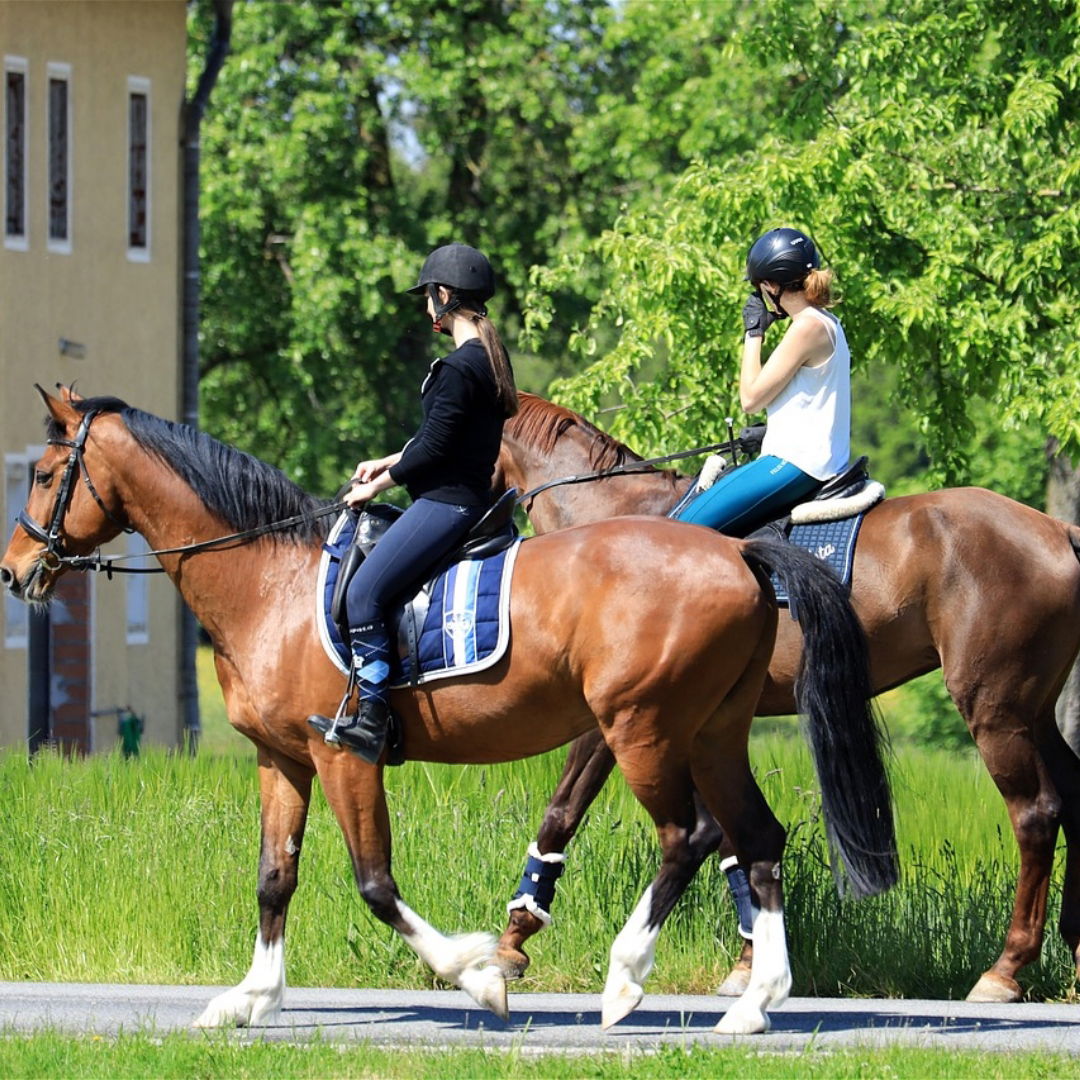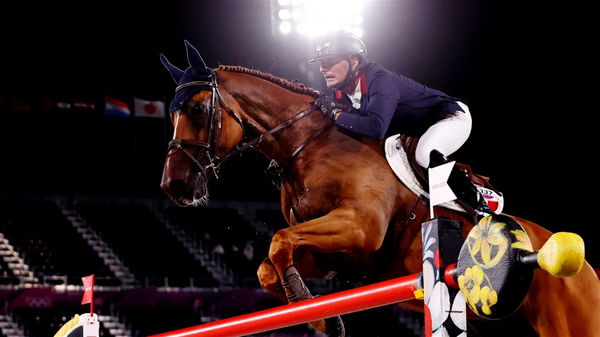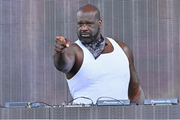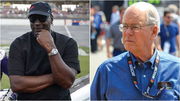

Over the years, Equestrian sports have held varying responses. Some stand by it for the marvel it presents with the human-animal athlete combination while some fail to understand the role an equestrian adorns. Nonetheless, the field has grown to embrace newer rules, forms, and disciplines to keep passion continual and fit the shifting trends of the spectators around.
Watch What’s Trending Now!
From Military exercises to the stages of the Olympics, horse-riding sports have transformed well to incur code and manner. However, only 3 of the 18 disciplines the sport has to offer have made it to attain wide recognition. With growing interest in the sport will the side-lined disciplines bring about a change with them?
ADVERTISEMENT
The current position of equestrian sports
Starting in 1900, equestrianism has been accepted into the Olympics as a sport for contests. The sport that was considered a military discipline witnessed performance solely inclusive of military personnel for as long as the mid-1900s. However, with the shifting trend came the growth of the sport. It did not only move to change from Polo and jumping to Show jumping, Eventing, and Dressage but also went on to incur gender equality. On the stages of the Olympics, the sport in discussion alone stands as the act scoring both men and women indifferently.

ADVERTISEMENT
However, that is as far as it stretches. Despite there being 18 disciplines in equestrian sports, only three receive a wider recognition. In a poll questioning the difficulty levels, the three Olympic disciplines acquired a visible distance from the rest. Maybe the poll speaks the truth or the recognition holds the grip. Nonetheless, the disparity, emphasis, and numbers in return entail prejudice based on eliteness and inclusivity. However, alternative disciplines not far behind may hold a chance to maneuver around.
ADVERTISEMENT
What do the alternative disciplines offer
The equestrian field is widely spread to include a range varying regionally. While the US Equestrian Federation recognized 18 disciplines, FEI limits it to 8. Driving, Endurance, Vaulting, Reining, and Para-Equestrian form the latter list. Each on the list owns its history, regulations, and importance. Moreover, the FEI has taken steps to honor the athletes with World Championships and numerous other contests. While the disciplines may not be held high with complications, each ensures to exude grace, agility, and determination.
Top Stories
Forced to Leave FOX, Cowboys Legend Troy Aikman Says ESPN Is Like ‘U.S. Government’ & Clearly Distinguishes the Two Networks

Arrest For Shaquille O’Neal’s Stolen Range Rover Made But More Bad News Awaits

Who Is Paige Shiver? All About Michigan Football Staffer & Daughter of Veteran Bears Scout Jeff Shiver

Mike Tomlin Finds $180 Million Aaron Rodgers Replacement After QB’s Retirement Announcement: Steelers Insider

Lakers’ Gabe Vincent Dishes on LeBron James, Luka Doncic’s Sacrifices, Role on the Team and More (Exclusive)

What Settlement Agreement Have Michael Jordan & NASCAR Reached? Everything to Know From Evergreen Charters to Payout

Endurance requires exactly what the name suggests for a longer period. Driving hosts the technicalities and calmness required to maneuver the large equipment through the course. As for Vaulting and Reining, agility plays a visible role. These natures of the disciplines might provide a sole answer to the critics of equestrian sports: the role of human athletes.
ADVERTISEMENT
A visible growth
Horseback riding undoubtedly has witnessed a known growth over the years. According to reports, around 30 Million people ride horses in the States each other. Though a minuscule portion of the number attributes toward the mentioned disciplines, there has nonetheless been a growth. Starting with Driving, the sport has been the oldest discipline in the field. The sport has 2,900 registered driving horses worldwide, a 50% increase since 2007. As for the equestrians, there has been a 17% increase since 2007 participating in 300 events across the world.
ADVERTISEMENT
Endurance has been considered one of the fastest-growing disciplines. According to the International Trail Running Association, between 2013 and 2019, there were more than 25,000 races in 195 countries, hosting nearly 2 million competitors. As for Reining, the National Reining Horse Association (NRHA) witnessed its membership grow from 3,800 in 1990 to over 15,000 today. Vaulting though practiced in minority hasn’t been a stranger to growth either. As per reports, there are 141 Vaulting clubs and nearly 15,000 members in North America alone. But what would the numbers entail?
A possible change to be brought
One of the major concerns the currently highlighted equestrian disciplines face is the elite status. The fields carry expensive equipment and charges separating a community of enthusiasts; not really drawing a connection. Moreover, another factor affecting the view towards the sport is people’s thought process on athletes’ roles in these sports. According to a survey during the 2016 Olympics, the sport found itself at the bottom of ‘best Olympic sports’. The reasons state that horses play a majority role.
ADVERTISEMENT
A growing popularity of alternative disciplines could put forth a wider view into the efforts that equestrian sports carry. The love towards the horses presented by equestrians at grassroots levels of the majority of these disciplines can bring a shifting notion. Additionally, the visible reduction in price decor and the role of human athletes suggested earlier in the article confront the critics’ prejudice. The humbleness, the range, and the process behind, can work to bring a new understanding of the equestrian field.
Watch this story: Best Dressage Horse Whose Movements Could Even Compete With Ballerina’s Elegant Moves
ADVERTISEMENT
ADVERTISEMENT
ADVERTISEMENT

